#wild flowers
Text

Jinhua Architecture Park, Zhejiang, China
#china#nature#flowers#purple flowers#lilac#wild flowers#wildflowers#nature aesthetic#petitworld favs#petitworld
258 notes
·
View notes
Text


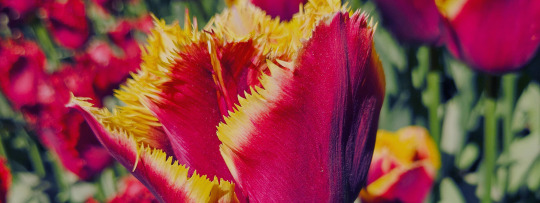





red to yellow
#flowers#flowercore#spring#wild flowers#floral#spring flowers#flower#tulip#tulips#photography#fuck it ima tag it#radioapple#cause this is my blog#and i was inspired by a fanfic to make this post#my post
222 notes
·
View notes
Text
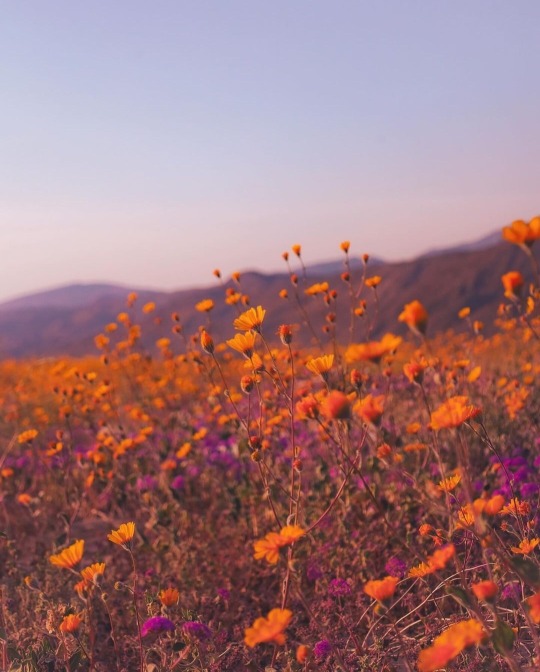
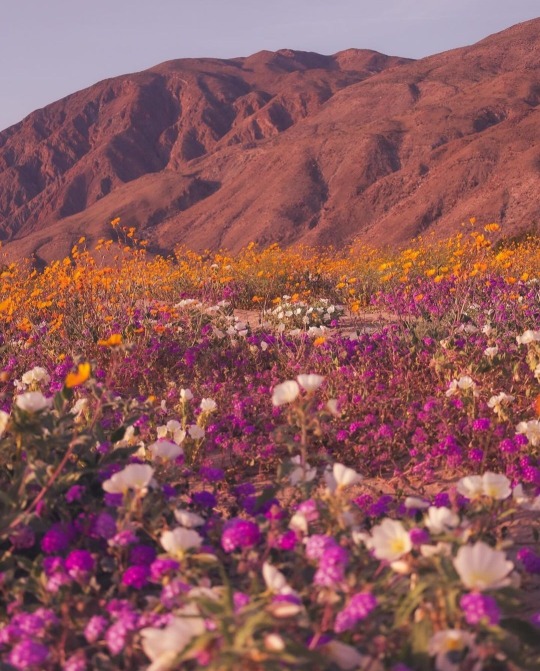
by desertarrowphotography
#desert#flowers#flowercore#wild flowers#superbloom#scenery#landscape#aesthetic#nature#naturecore#photography#california#spring#curators on tumblr#up
5K notes
·
View notes
Text
In the Willamette Valley of Oregon, the long study of a butterfly once thought extinct has led to a chain reaction of conservation in a long-cultivated region.
The conservation work, along with helping other species, has been so successful that the Fender’s blue butterfly is slated to be downlisted from Endangered to Threatened on the Endangered Species List—only the second time an insect has made such a recovery.
[Note: "the second time" is as of the article publication in November 2022.]
To live out its nectar-drinking existence in the upland prairie ecosystem in northwest Oregon, Fender’s blue relies on the help of other species, including humans, but also ants, and a particular species of lupine.
After Fender’s blue was rediscovered in the 1980s, 50 years after being declared extinct, scientists realized that the net had to be cast wide to ensure its continued survival; work which is now restoring these upland ecosystems to their pre-colonial state, welcoming indigenous knowledge back onto the land, and spreading the Kincaid lupine around the Willamette Valley.
First collected in 1929 [more like "first formally documented by Western scientists"], Fender’s blue disappeared for decades. By the time it was rediscovered only 3,400 or so were estimated to exist, while much of the Willamette Valley that was its home had been turned over to farming on the lowland prairie, and grazing on the slopes and buttes.
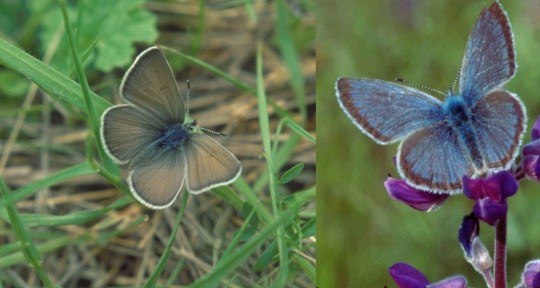
Pictured: Female and male Fender’s blue butterflies.
Now its numbers have quadrupled, largely due to a recovery plan enacted by the Fish and Wildlife Service that targeted the revival at scale of Kincaid’s lupine, a perennial flower of equal rarity. Grown en-masse by inmates of correctional facility programs that teach green-thumb skills for when they rejoin society, these finicky flowers have also exploded in numbers.
[Note: Okay, I looked it up, and this is NOT a new kind of shitty greenwashing prison labor. This is in partnership with the Sustainability in Prisons Project, which honestly sounds like pretty good/genuine organization/program to me. These programs specifically offer incarcerated people college credits and professional training/certifications, and many of the courses are written and/or taught by incarcerated individuals, in addition to the substantial mental health benefits (see x, x, x) associated with contact with nature.]
The lupines needed the kind of upland prairie that’s now hard to find in the valley where they once flourished because of the native Kalapuya people’s regular cultural burning of the meadows.
While it sounds counterintuitive to burn a meadow to increase numbers of flowers and butterflies, grasses and forbs [a.k.a. herbs] become too dense in the absence of such disturbances, while their fine soil building eventually creates ideal terrain for woody shrubs, trees, and thus the end of the grassland altogether.
Fender’s blue caterpillars produce a little bit of nectar, which nearby ants eat. This has led over evolutionary time to a co-dependent relationship, where the ants actively protect the caterpillars. High grasses and woody shrubs however prevent the ants from finding the caterpillars, who are then preyed on by other insects.
Now the Confederated Tribes of Grand Ronde are being welcomed back onto these prairie landscapes to apply their [traditional burning practices], after the FWS discovered that actively managing the grasslands by removing invasive species and keeping the grass short allowed the lupines to flourish.
By restoring the lupines with sweat and fire, the butterflies have returned. There are now more than 10,000 found on the buttes of the Willamette Valley."
-via Good News Network, November 28, 2022
#butterflies#butterfly#endangered species#conservation#ecosystem restoration#ecosystem#ecology#environment#older news but still v relevant!#fire#fire ecology#indigenous#traditional knowledge#indigenous knowledge#lupine#wild flowers#plants#botany#lepidoptera#lepidopterology#entomology#insects#good news#hope
4K notes
·
View notes
Text



Jean Khalil Chamoun & Mai Masri - Wild Flowers: Women of South Lebanon (1987)
#film#jean khalil chamoun#mai masri#wild flowers#women of south lebanon#zahrat al qindul#palestine#lebanon#1987
5K notes
·
View notes
Text

🍭 Jee Won Park (ig: zeewipark)
#meadow#lilac#wild flowers#mountains#nature#pink flowers#pink sky#clouds#healing#peaceful#artists on tumblr#artwork#art
7K notes
·
View notes
Text

17-3-24
#moleskine#sketchbook#sketch#daily#dailyart#dailydrawing#dailypainting#dailysketch#sketchaday#artoftheday#art#artbook#artists on tumblr#gouache#watercolor#painting#fineliner#drawing#clover#flower#wild flowers#saint patricks day
1K notes
·
View notes
Text
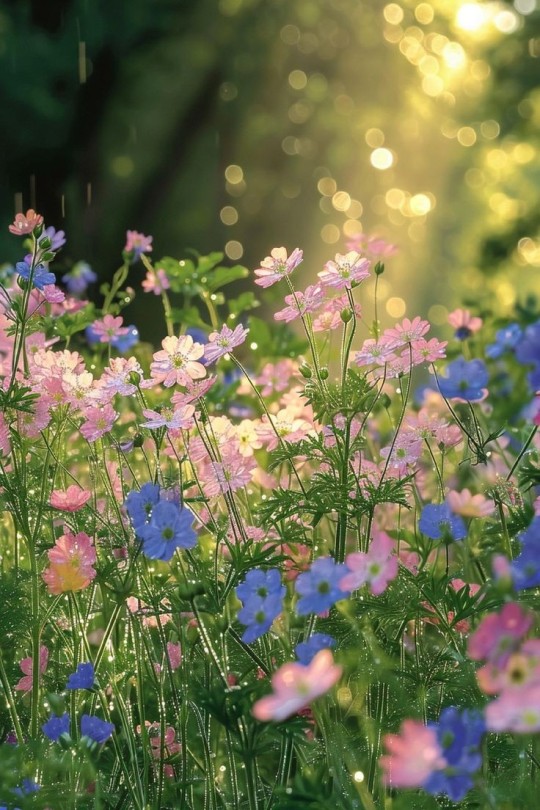


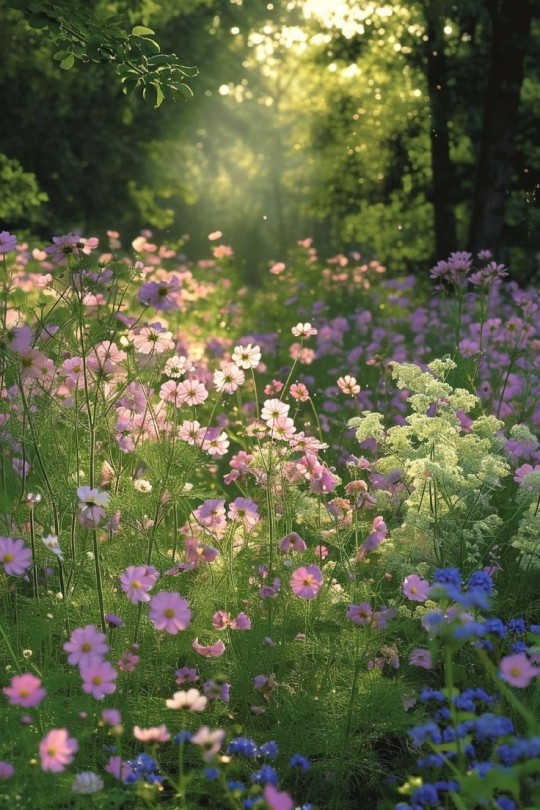
#flower meadow#flower child#in the woods#wild flowers#flowercore#nature aesthetic#spring aesthetic#naturecore#dreamscape#dreamycore#naturescapes#flower aesthetic#flower photography#nature photography#beautiful scenery#dreamscapes#pink aesthetic#blue aesthetic#photography#meadows#wild child#cottagecore#cottagecore aesthetic
1K notes
·
View notes
Text


#aesthetic#cottagecore#nature#flowers#naturecore#pretty#flowercore#photography#flower fields#wild flowers#cottagelife#cottagestyle#sage moodboard#green#green aesthetic
1K notes
·
View notes
Text
Wildflower meadows are beautiful; so beautiful in fact that a village in Britain has found they act as natural speed traps from motorists slowing down to look at them.
The village of Long Newnton in Gloucestershire has a problem with fast moving through-traffic between nearby towns. Almost all drivers moving through areas they frequent will break posted speed limits, and neither a 30 mile per hour limit, nor warning signs made any difference.
Officials first planted flowers along the roadside during the pandemic to help improve biodiversity.
But they noticed that as well as attracting more wildlife, motorists also slowed down when they passed the flowers.
#good news#good news network#wild flowers#meadow#speeding#Long Newnton#Gloucestershire#the article says that people might be slowing because they realise they're in an area that's being cared for#but I like to think they want to see the flowers better#'And then my heart with pleasure fills'#'and dances with the daffodils'#biodiversity#oh brave new world
22K notes
·
View notes
Text
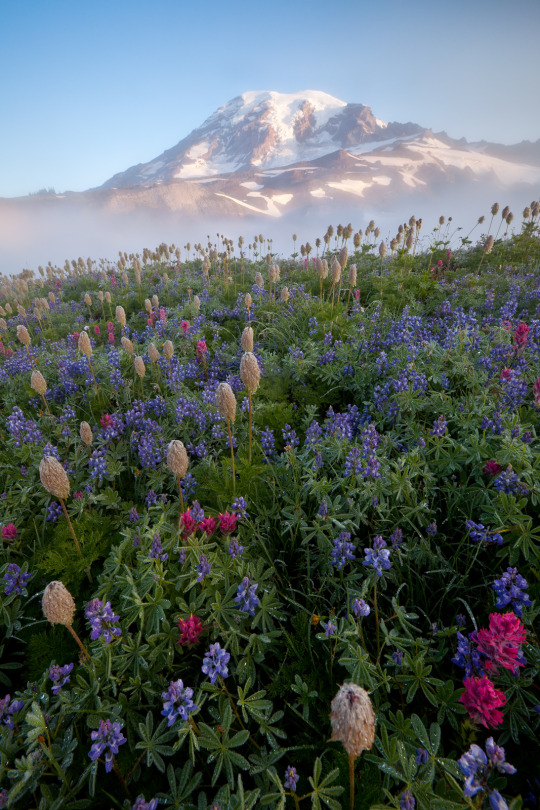
Mount Rainier, Washington, USA by Jesse Estes
#mount rainier#washington#nature#landscape#mount#fog#misty#flowers#wild flowers#beautiful#petitworld favs#petitworld
203 notes
·
View notes
Text

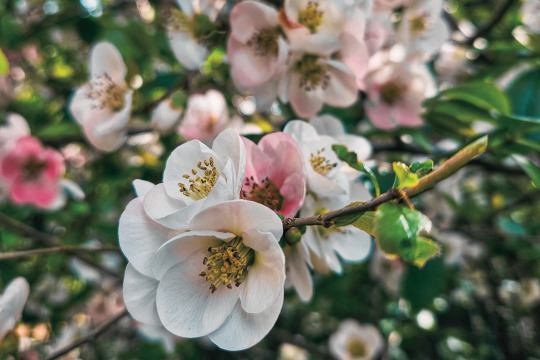
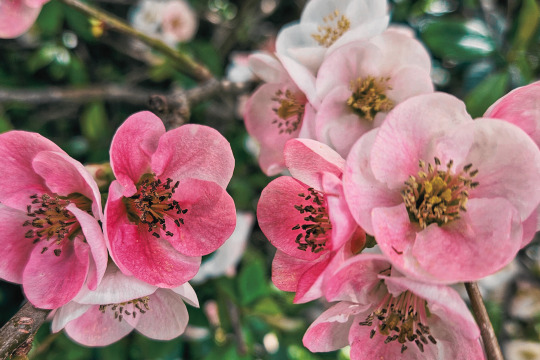
went for a walk yesterday...
#flowers#wild flowers#spring flowers#spring#springtime#flower#photography#pink#pink aesthetic#pinkcore#macrophotography#macro
8K notes
·
View notes
Text

instagram | blowyinthewind
1K notes
·
View notes
Text
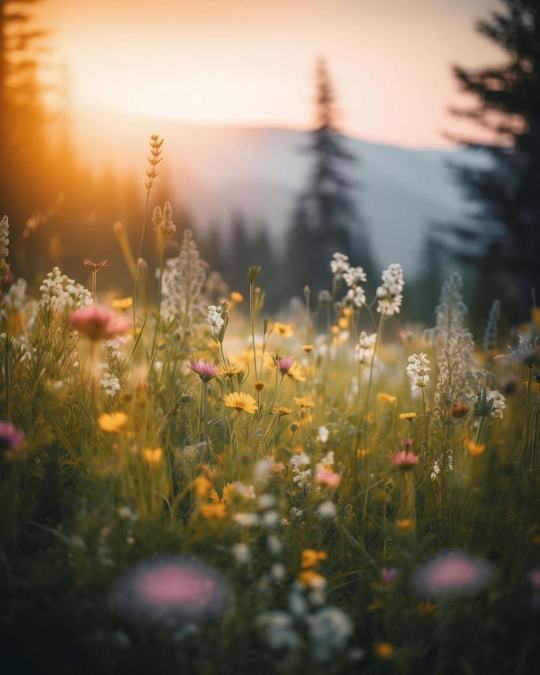
@jakubcervsk
1K notes
·
View notes
Text




Jean Khalil Chamoun & Mai Masri - Wild Flowers: Women of South Lebanon (1987)
#film#jean khalil chamoun#mai masri#wild flowers#women of south lebanon#zahrat al qindul#palestine#1987
1K notes
·
View notes
Text
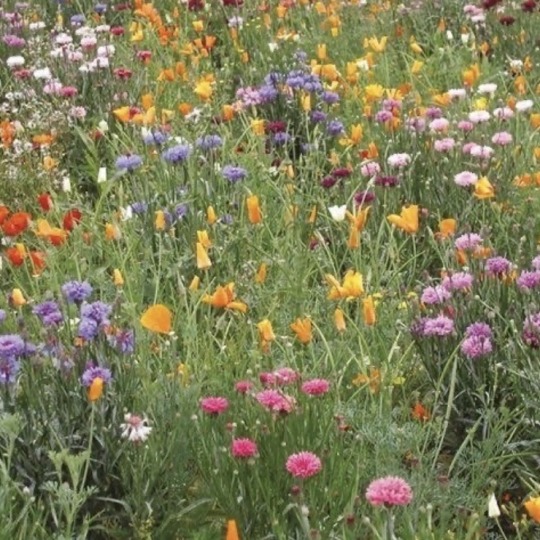

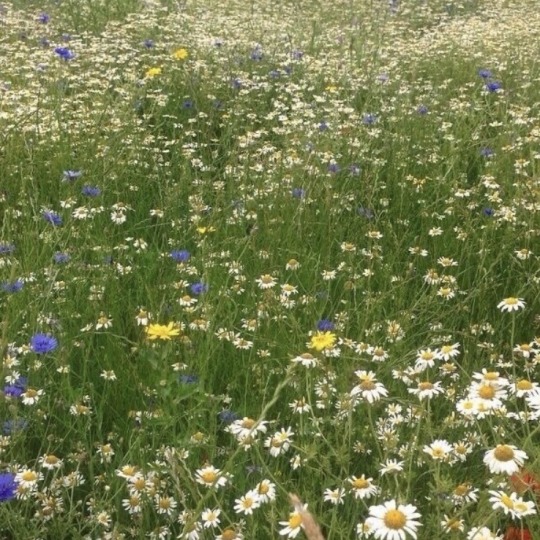

#nothing beats wildflowers#cottagecore#nature#naturecore#flowers#flowercore#wildflowers#wild flowers
3K notes
·
View notes